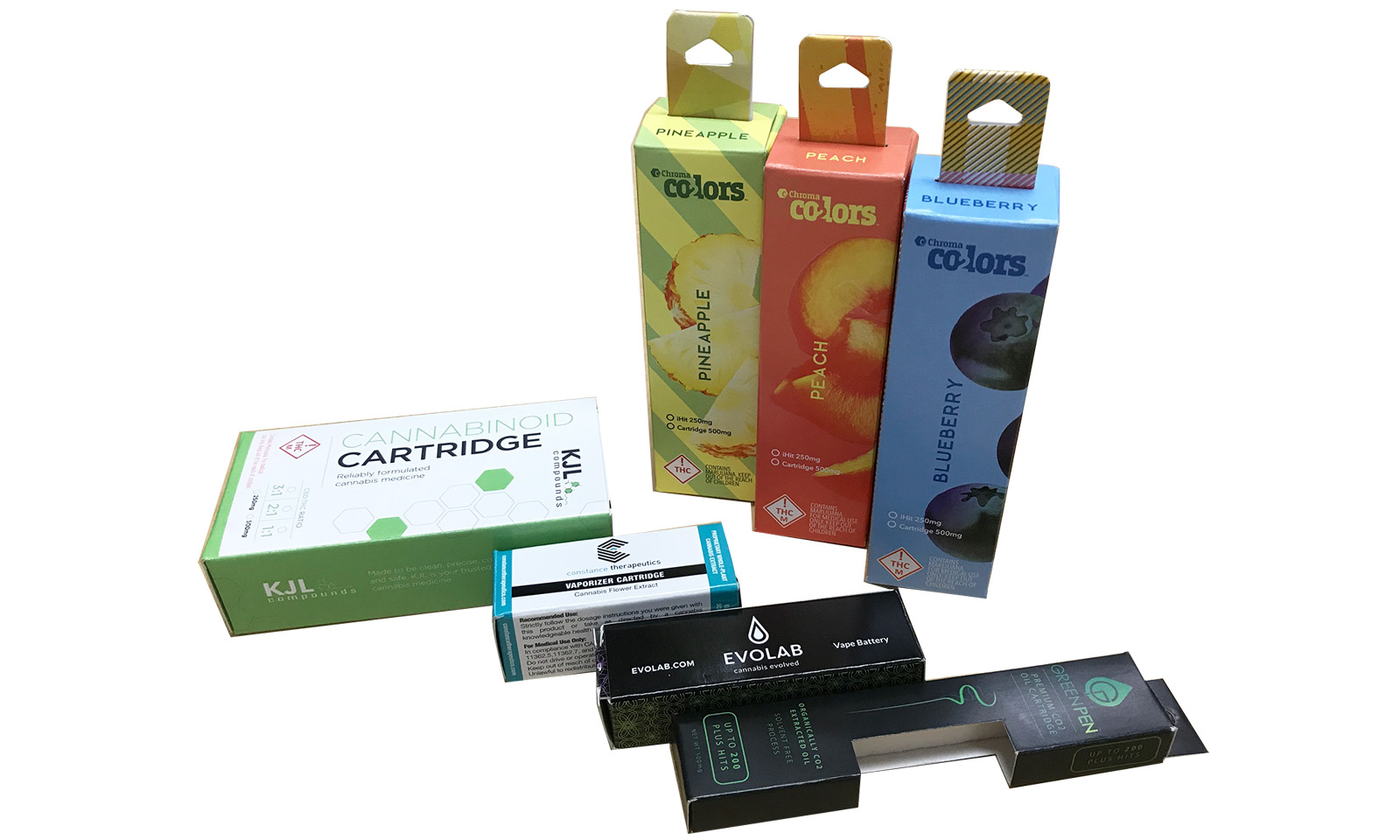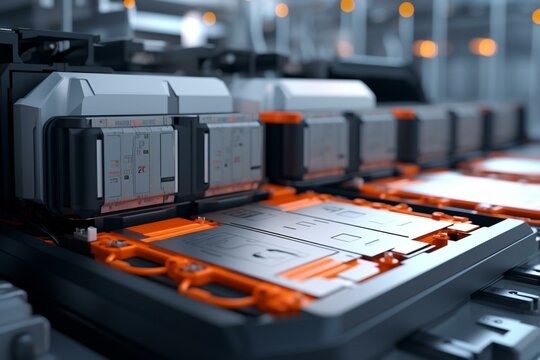The world of medical devices is one of constant innovation, driven by the desire to improve patient outcomes. But behind the scenes, ensuring the safety and efficacy of these devices is a meticulous process that relies heavily on specialized environments: cleanrooms.
What is a Cleanroom?
Imagine a sterile room where airborne contaminants are minimized. That’s essentially a cleanroom. These controlled environments are designed to limit dust, microbes, and other pollutants that could compromise the integrity of medical devices during manufacturing.
Why are Cleanrooms Crucial in Medical Device Manufacturing?
1. Patient Safety
Contamination in medical devices can have devastating consequences for patients. Cleanrooms significantly reduce this risk by ensuring a sterile environment for device assembly and packaging.
2. Precision Manufacturing
Many medical devices have intricate components that require a dust-free environment to function properly. Cleanrooms prevent malfunction and ensure the devices meet precise specifications.
3. Regulatory Compliance
Regulatory bodies like the FDA have strict guidelines for medical device manufacturing. Cleanrooms play a vital role in adhering to these regulations and ensuring product quality.
How Cleanrooms Work
1. Air Filtration
HEPA (High-Efficiency Particulate Air) filters remove up to 99.97% of particles as small as 0.3 microns from the air, creating a highly filtered environment.
2 Airflow Management
Cleanrooms maintain a positive air pressure gradient, meaning air flows from cleaner to less clean areas, preventing contamination from entering.
3. Gowning Procedures
Personnel working in cleanrooms wear specialized garments like suits, gloves, and booties to minimize particle shedding from their bodies.
Types of Cleanrooms in Medical Device Manufacturing
Cleanrooms are classified based on the concentration of airborne particles allowed. The classification for a specific device depends on factors like invasiveness and sterility requirements.
1. ISO 5 & 7: These highly controlled environments are used for manufacturing critical medical devices like implants and sterile instruments.
2. ISO 8: This class of cleanroom is suitable for less critical devices or for pre-assembly processes before transfer to a higher-class environment.
Conclusion
Cleanrooms are the unseen heroes of medical device manufacturing. By ensuring a contaminant-free environment, they play a vital role in safeguarding patient well-being and fostering the development of life-saving technologies. As medical device innovation continues to surge, so too will the importance of these specialized spaces in keeping us healthy.
FAQs: Frequently Asked Question
Q: How often are cleanrooms monitored?
A: Cleanrooms are subject to regular monitoring to ensure they meet the required air quality standards. This monitoring typically involves taking particle counts at specific intervals and maintaining detailed records.
Q: What are gowning procedures like in a cleanroom?
A: Strict gowning procedures are followed to minimize particle contamination from personnel. This typically involves putting on specialized garments in a specific sequence, often in a separate gowning room before entering the cleanroom.
Q: Are there any special requirements for cleaning and disinfecting cleanrooms?
A: Absolutely. Cleanrooms require specialized cleaning and disinfection protocols to maintain their sterility. These protocols may involve the use of specific cleaning agents and disinfectants, along with proper disposal procedures to prevent contamination.
Q: How much does it cost to build and maintain a cleanroom?
A: The cost of a cleanroom can vary depending on factors like size, classification, and complexity. Generally, building and maintaining a cleanroom is an ongoing investment.



One thought on “Cleanrooms in Medical Equipment Manufacturing: Ensuring Safety and Precision”